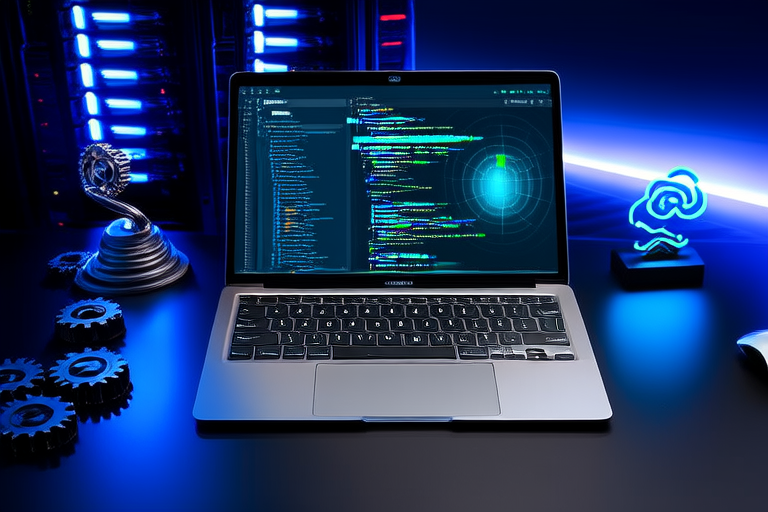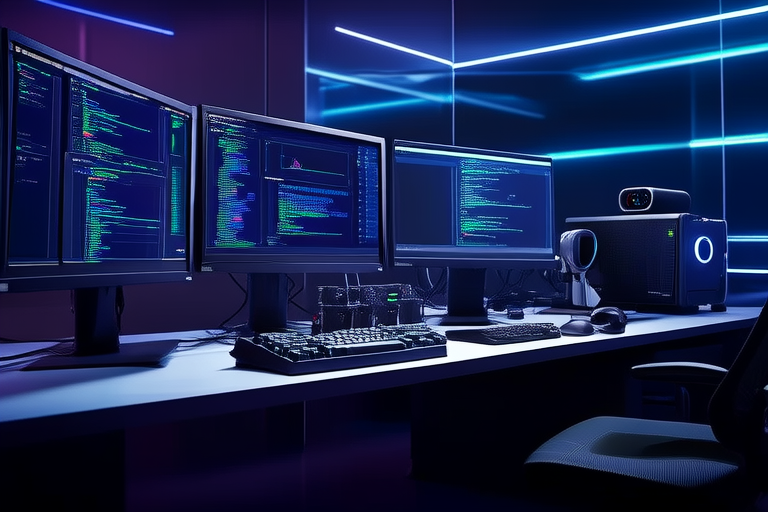Top Trends in Software Development You Need to Know in 2023
Introduction
In an ever-evolving tech landscape, staying updated with the latest trends in software development is crucial for innovation, productivity, and overall competitiveness. The rapid pace of technological advancement means that developers must continuously adapt to new tools, methodologies, and practices. These trends not only enhance the capabilities of software but also drive the industry towards greater efficiency and creativity.
This article delves into the top trends in software development that professionals need to know in 2023. From low-code/no-code platforms to quantum computing, each trend has the potential to transform the way we build and deploy software. Understanding these trends will help developers and organizations stay ahead of the curve and capitalize on new opportunities.
Trend 1: Low-Code/No-Code Platforms
Low-code and no-code platforms are gaining traction due to their ability to accelerate development cycles while reducing the need for extensive coding knowledge. These platforms provide drag-and-drop interfaces and pre-built components that allow users to create applications without writing much, if any, code.
The advantages of low-code/no-code platforms include faster time-to-market, increased productivity, and the democratization of app development. They enable non-technical stakeholders to participate in the development process, fostering collaboration between different departments.
Popular low-code/no-code platforms include OutSystems, Zoho Creator, and Microsoft Power Apps. These platforms cater to various use cases, from building simple internal tools to creating complex customer-facing applications.
Trend 2: Artificial Intelligence and Machine Learning
The integration of artificial intelligence (AI) and machine learning (ML) into software development is transforming the industry. AI-driven tools are enhancing code quality, testing, and maintenance by automating repetitive tasks and providing insights that humans might miss.
For example, AI can analyze large datasets to identify patterns and predict outcomes, enabling predictive analytics. Automated testing tools powered by AI can detect bugs more efficiently, ensuring higher quality software. Intelligent chatbots, another application of AI, are becoming increasingly sophisticated, improving user experiences.
As AI continues to evolve, its impact on software development will grow, offering new ways to solve complex problems and streamline workflows.
Trend 3: Cloud-Native Architecture
Cloud-native architecture refers to building and running applications in a cloud environment, leveraging the benefits of cloud services. This approach emphasizes scalability, flexibility, and cost-effectiveness, making it ideal for modern software development.
Cloud-native technologies offer numerous benefits, including the ability to scale resources up or down based on demand, ensuring optimal performance and cost-efficiency. Popular cloud-native frameworks and platforms include Kubernetes, Docker, and AWS Lambda.
By adopting cloud-native architecture, developers can build applications that are more resilient, secure, and capable of handling large volumes of data and traffic.
Trend 4: DevOps and Continuous Integration/Continuous Deployment (CI/CD)
DevOps is a methodology that focuses on collaboration and communication between software developers and other IT professionals while automating the software delivery and infrastructure changes. It aims to streamline the software development lifecycle, improving efficiency and reducing errors.
Continuous Integration (CI) and Continuous Deployment (CD) are key practices within DevOps. CI involves merging all developer working copies to a shared mainline several times a day, while CD automates the deployment of code changes to production environments. Together, CI/CD pipelines ensure that software is delivered quickly and reliably.
Automation plays a critical role in DevOps practices, allowing teams to focus on innovation rather than mundane tasks. By embracing DevOps, organizations can achieve faster time-to-market and higher quality software.
Trend 5: Quantum Computing
Quantum computing represents a paradigm shift in computing power, offering the potential to solve complex problems that are currently intractable for classical computers. Unlike classical bits, which represent either a 0 or 1, quantum bits (qubits) can exist in multiple states simultaneously, enabling parallel processing.
Advancements in quantum computing are opening up new possibilities across various fields, including cryptography, optimization, and drug discovery. For instance, quantum algorithms can break traditional encryption methods, necessitating the development of quantum-resistant cryptographic techniques.
While still in its infancy, quantum computing holds the promise of revolutionizing problem-solving in complex areas, making it a trend to watch in the coming years.
Trend 6: Edge Computing
Edge computing involves processing data closer to where it is generated, reducing latency and enhancing performance for Internet of Things (IoT) devices and applications. As the volume of data generated by connected devices continues to grow, edge computing becomes increasingly relevant.
By moving computation and data storage to the edge of the network, edge computing minimizes the amount of data that needs to be transmitted to central servers, resulting in faster response times and improved performance. Industries such as manufacturing, healthcare, and autonomous vehicles are already benefiting from edge computing solutions.
As more devices become interconnected, the demand for edge computing will likely continue to rise, driving further innovation in this area.
Trend 7: Cybersecurity
Cybersecurity is paramount in protecting software applications from malicious attacks and ensuring the privacy and integrity of sensitive data. With the increasing sophistication of cyber threats, robust security measures are essential to safeguarding software systems.
Emerging threats such as ransomware, phishing, and zero-day exploits pose significant risks to organizations. To combat these threats, developers must adopt best practices and utilize advanced security tools. Key strategies include implementing multi-factor authentication, conducting regular security audits, and staying informed about the latest vulnerabilities.
By prioritizing cybersecurity, developers can protect their applications and maintain user trust in an increasingly digital world.
Conclusion
The trends discussed in this article—low-code/no-code platforms, AI and ML, cloud-native architecture, DevOps and CI/CD, quantum computing, edge computing, and cybersecurity—are shaping the future of software development. Each trend offers unique opportunities and challenges, driving innovation and efficiency in the industry.
As technology continues to advance, it is essential for developers and organizations to stay informed about these trends and adapt their strategies accordingly. By embracing these innovations, professionals can remain competitive and contribute to the ongoing evolution of software development.
The future of software development is bright, and those who stay ahead of the curve will be well-positioned to capitalize on new opportunities and challenges.




